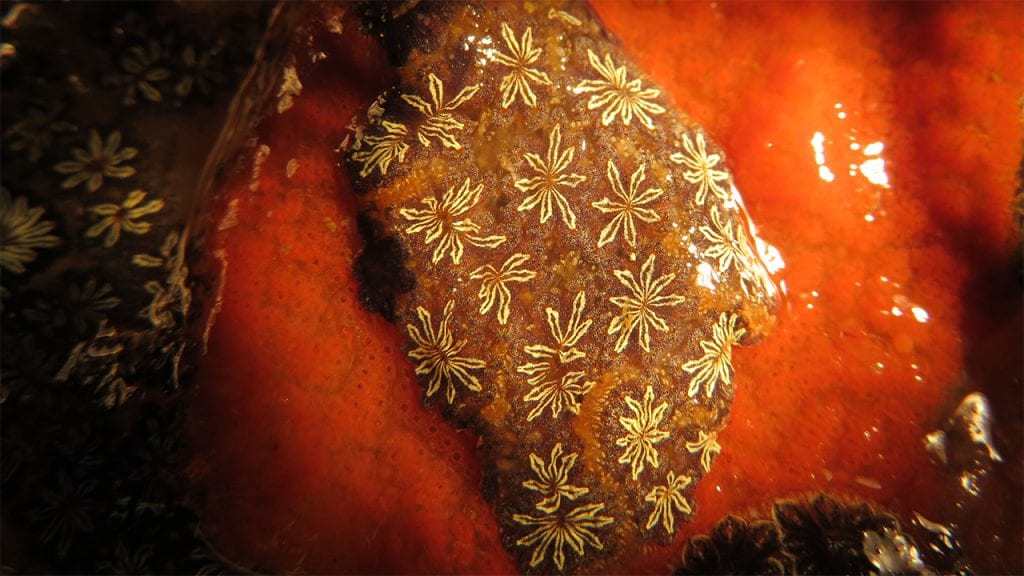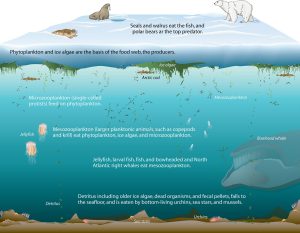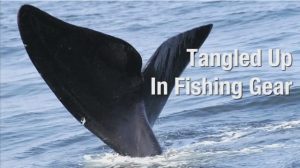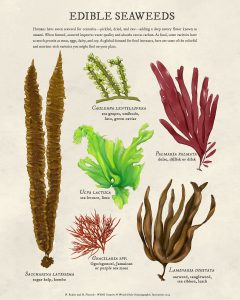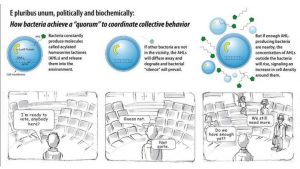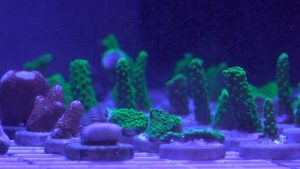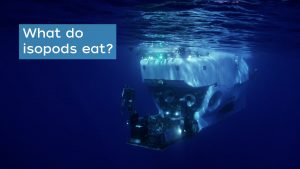The “petals” of these delicate golden “flowers” are actually individual animals. They are clones of colonial invertebrates called star tunicates (Botryllus schlosseri). Tunicates, also known as ascidians or sea squirts, can form dense mats on the submerged undersides of piers and boats, aquatic plants, and even the shells of snails and other marine life. They compete for space with other members of the biofouling community, such as barnacles and mussels—and one another. This star tunicate has grown on top of another colony of sea squirts (the bright orange Botrylloides violaceus). WHOI postdoctoral scholar Kirstin Meyer is studying dock fouling communities in Woods Hole and how they change over time. (Photo by Kirstin Meyer, Woods Hole Oceanographic Institution)
Image and Visual Licensing
WHOI copyright digital assets (stills and video) contained on this website can be licensed for non-commercial use upon request and approval. Please contact WHOI Digital Assets at images@whoi.edu or (508) 289-2647.
